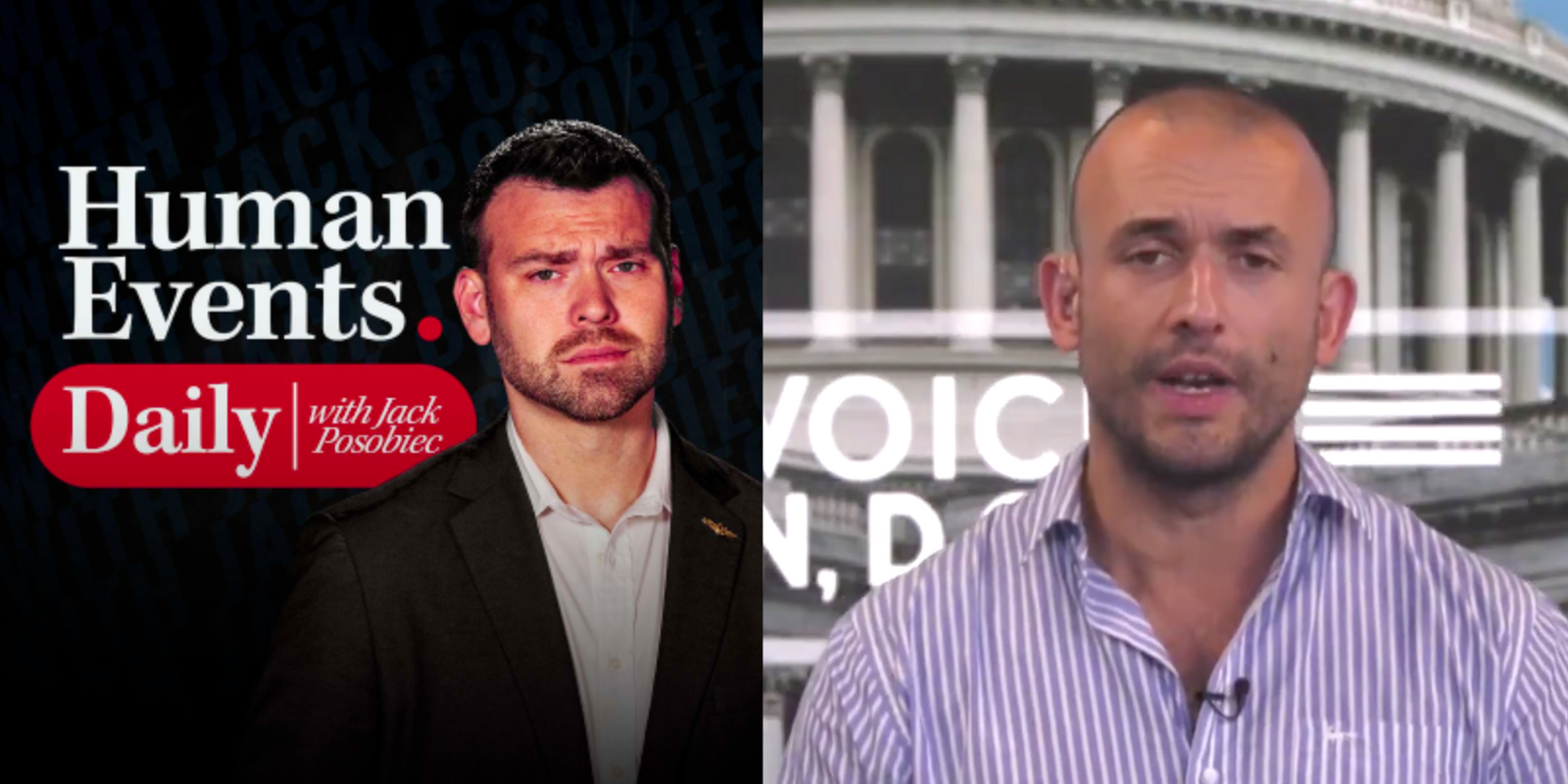American colleges and universities, long thought to be the glory of the nation, are in more than a little trouble. I've written before of their shameful practices - the racial quotas and preferences at selective schools (Harvard is being sued by Asian-American organizations), the kangaroo courts that try students accused of rape and sexual assault without legal representation or presumption of innocence, and speech codes that make campuses the least rather than the most free venues in American society.
In following these policies, the burgeoning phalanxes of university and college administrators must systematically lie, insisting against all the evidence that they are racially nondiscriminatory, devoted to due process and upholders of free speech. The resulting intellectual corruption would have been understood by George Orwell.
Alas, even the great strengths of our colleges and universities are threatening to become weaknesses. Sometimes you can get too much of a good thing.
American colleges, dating back to Harvard's founding in 1636, have been modeled on the residential colleges of Oxford and Cambridge. The idea is that students live on or near (sometimes breathtakingly beautiful) campuses, where they can learn from and interact with inspired teachers.
American graduate universities, dating back to Johns Hopkins' founding in 1876, have been built on the German professional model. Students are taught by scholars whose Ph.D. theses represent original scholarship, expanding the frontiers of knowledge and learning.
That model still works very well in math and the hard sciences. In these disciplines it's rightly claimed that American universities are, as The Economist recently put it in a cover story, "the gold standard" of the world. But not so much in some of the mushier social sciences and humanities. "Just as the American model is spreading around the world," The Economist goes on, "it is struggling at home."
Consider the Oxford/Cambridge residential college model. Up through the 1960s, college administrators acted in loco parentis, with responsibilities similar to those of parents. Men's and women's dorms were separate and mostly off-limits to the other sex; drinking and drug use were limited; cars were often banned.
The assumption is that 18- to 21-year-old students were, in important respects, still children. The 1960s changed all that. Students were regarded as entitled to adult freedoms: unisex dorms and bathrooms, binge drinking, a hookup culture.
But now the assumption is that adult-aged students must be coddled like children. They are provided with cadres of counselors, so-called "trigger warnings" against supposedly disturbing course material and kangaroo courts to minutely regulate their sexual behavior.
Most colleges and universities abroad and many in this country (notably for-profit and online) don't use the residential model. Students live with parents or double up in cheap apartments and - horrors! - commute, like most employed adults.
The residential college model, with its bloated ranks of coddler/administrators, has become hugely expensive and increasingly dysfunctional. It's overdue for significant downsizing.
The Ph.D. university model is also metastasizing. A plethora of humanities and social science Ph.D. theses are produced every year, many if not most written in unreadable academic jargon and devoid of scholarly worth. Most will probably be read by only a handful of people, with no loss to society. But some worthy scholarship will be overlooked and go unappreciated.
A glut of Ph.D.s and an ever-increasing army of administrators have produced downward pressure on faculty pay. Universities increasingly hire Ph.D.s as underpaid adjuncts, with low wages and no job security.
The last half-century has seen a huge increase in the percentage of Americans who go to college and a huge increase in government aid to them. The assumption was that if college is good for some, it's good for everyone. But not everyone is suited for college: witness the increasing ranks of debt-laden nongraduates.
And the huge tranches of government money have been largely mopped up by the ever-increasing cadres of administrators. Do students get their money's worth from the masses of counselors, facilitators, liaisons and coordinators their student loans pay for? Or would they be better off paying for such services only as needed, as most other adults do?
As Glenn Reynolds of instapundit.com has written convincingly, the higher education bubble is now bursting. Colleges are closing; college applications and graduate program enrollments are declining; universities are facing lawsuits challenging the verdicts of their kangaroo courts.
Naturally, administrators seek more money. But the money pumped into these institutions is more the problem than the solution.





